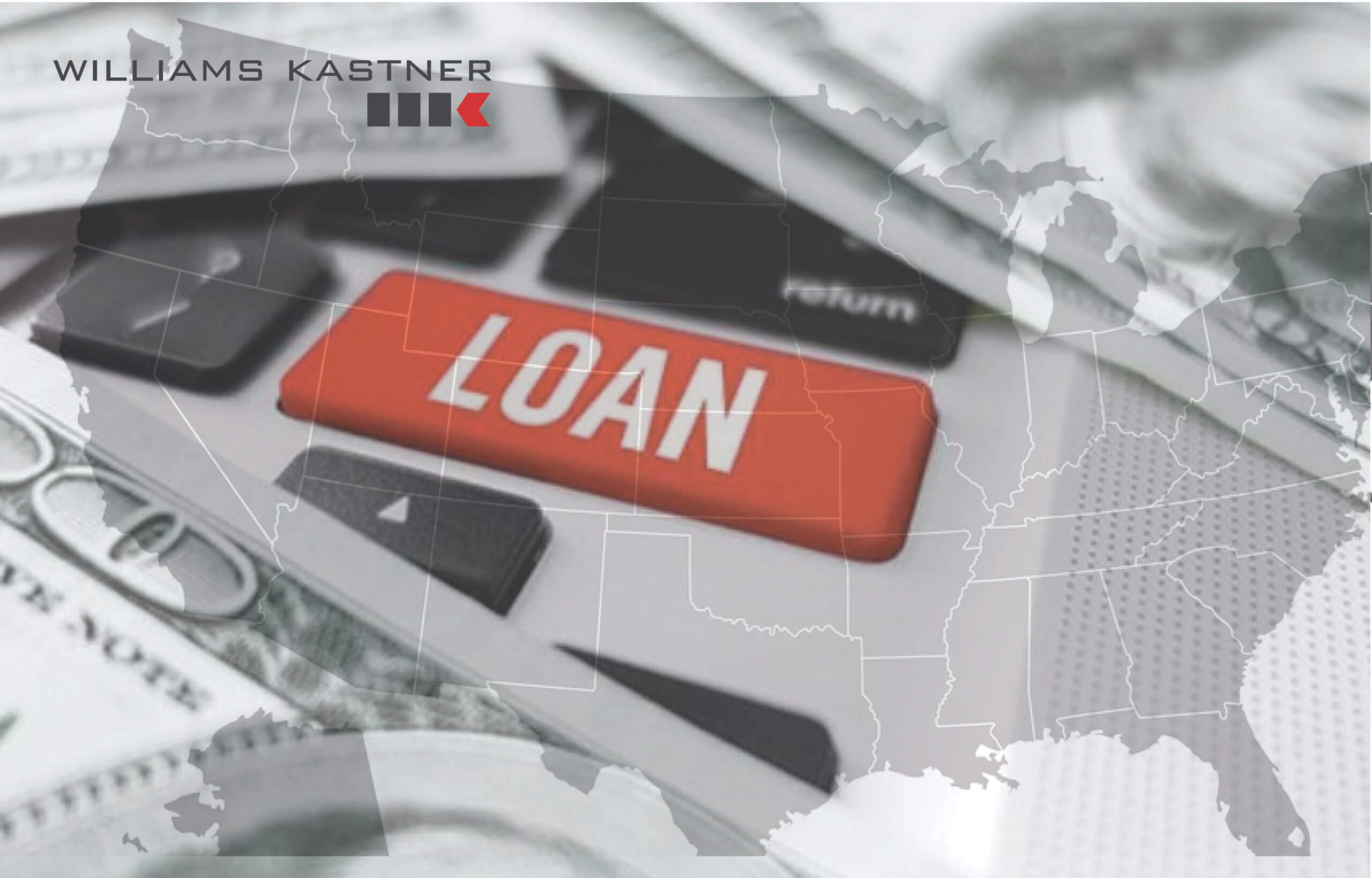In the midst of national and global turmoil, President Trump signed into law new legislation on the Paycheck Protection Program (PPP). The new law makes significant changes to the original provisions of the law.
Employee Compensation and Business Expenses:
Originally, any employer who obtained a PPP loan was required to use 75% of the funds for eligible employee compensation if the employer was going to seek loan forgiveness. This restriction was found by many employers to create significant difficulties because the loan proceeds had to be used in a very short period of time, eight (8) weeks from receipt of funds. The new provisions now require employers to use a maximum of 60% for qualified employee qualification permitting the remaining 40% to be applied to other qualifying expenses such as rent and utilities. Employers should be aware that, unlike the prior iteration of the law which would provide forgiveness up to the amount used for appropriate purposes, the new law now grants no loan forgiveness if the employer does not apply at least 60% of the funds to eligible employee compensation.
Congress made no changes to the types of qualifying non-compensation expenses.
Period of Use:
When the PPP was originally enacted it required employers to use the funds in eight (8) weeks. It was originally contemplated that this short period of time would encourage businesses to continue to operate and to avoid what became an all-time national high in applications for unemployment as businesses were directed to shut their doors during the initial phases of the COVID-19 pandemic. This short period of time posed significant difficulties for many employers. Consequently, the new act expands from eight (8) weeks to twenty-four (24) weeks the amount of time an employer has to apply the proceeds of the loans. This new change should permit employers to use funds during Phase II and beyond, while also should permit employers to bring more employees back to work, even if at reduced incomes.
Bringing Employees Back:
Many employers who have commenced efforts to return employees to work in order to comply with the impending June 30, 2020 deadline, have found it somewhat difficult to attract the same employees back to work. Either employees have found other employment, or some continue to have fears of working while the spread of COVID-19 continues. The most recently enacted PPP law makes substantial changes to this section of the law and has extended the time for an employer to return to the same headcount that they had prior to the pandemic related reductions in force. Now, an employer has until December 31, 2020 to return to it prior headcount.
Importantly, recognizing that the pandemic may result in changes in business models including an inability to continue to operate at the same levels of business, a loss of qualified or appropriately skilled labor or a refusal of employees to return, the law has enacted specific provisions which would, nonetheless permit loan forgiveness if an employer can demonstrate the following:
- Demonstrate that an employee who was working prior to February 15, 2020 is unwilling to return;
- Demonstrate that the employer is unable to hire similarly qualified employees; or
- Demonstrate that the employer cannot return to the same level of business activity that existed prior to February 15, 2020.
It is imperative that employers recognize that in order to qualify for the forgiveness for reasons listed above, the employer will have had to document what efforts were taken in order to bring the business back to the same level such as increased advertising, reduction in demand or other data that would show that you should, despite the failure to return to the same levels of business, obtain forgiveness.
Similarly, if an employer is unable to have all employees who have been subject to layoff, or furlough or some other reduction in force to return to their prior positions at similar levels of hours, the employer must have records demonstrating that they made efforts in writing to get the employees to return and the employees declined.
Finally, if an employer is unable to return its staff to pre-February 15, 2020 levels, employers should use written advertising or recruiters or any other methods which are reasonable within their industry to attract similarly qualified employees as those which have not returned.
Social Security Tax Deferral:
The last significant change made by the new law is to defer payment of the employer’s portion of social security taxes (6.2%) on wages paid between March 27, 2020 through the end of 2020. Employers now have until December 31, 2021 and December 31, 2022 respectively, to pay the social security taxes on the specified wages. The employer will be required to pay 50% of the qualified taxes no later than the end of 2021 and the other 50% no later than the end of 2022.
Longer to Repay the Loans/Forgiveness:
The first enactment of PPP gave employers 24 months to repay the loans and, for the most part, this is the period which is written into the loan documents with the financial institutions through which the funds were received. Under the new law, employers who receive loans after June 5, 2020 will have up to 60 months to repay the loans. For those employers who received loans prior to June 5, 2020, they can seek modification of the timeline for repayment. However, it appears that the legislation leaves it to the discretion of the bank as to whether they will renegotiate the loan repayment terms.
The new legislation also changes the time frame for seeking loan forgiveness. Employers now have up to 10 months from the covered period or until December 21, 2020 (whichever occurs first) to seek loan forgiveness.
Once an employer has sought loan forgiveness, the initial responsibility for determination of whether the loan use meets the requirements for forgiveness is on the lending bank. The bank must complete that process in 60 days. After the initial determination by the bank, the Small Business Administration (SBA) has an additional 90 days to confirm the bank’s determination. After the SBA has made its determination regarding forgiveness, the employer must commence repayment within six (6) months of the determination by the SBA.
No doubt, it will be during the forgiveness examination that the SBA will also be looking closely at whether the receipt of the initial funds was appropriate. Although the SBA has indicated that there will be a presumption that loan recipients who received less than $2 million dollars were eligible, employers in that category should not assume that there is no likelihood of audit. The SBA will be looking closely at both the initial eligibility, as well as, appropriateness of forgiveness during the forgiveness evaluation period.
Stay tuned for additional guidance. If you have further questions, about these or other questions about the Paycheck Protection Plan loans click on this link to review the most recent Paycheck Protection Plan FAQ’s.
If you have additional questions, on this or other employment related issues arising in the context of COVID-19, feel free to contact Sheryl J. Willert at SWillert@williamskastner.com.

